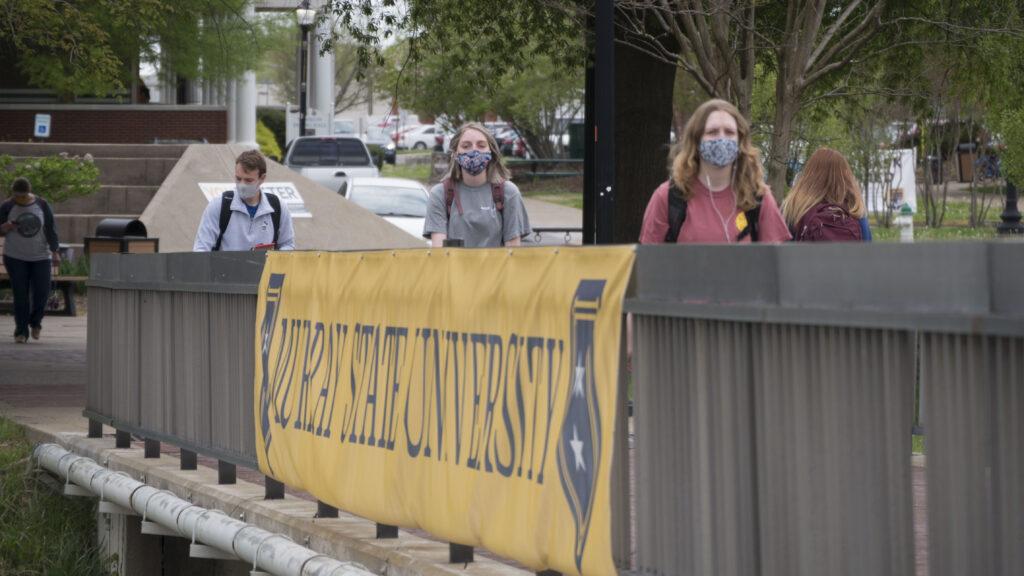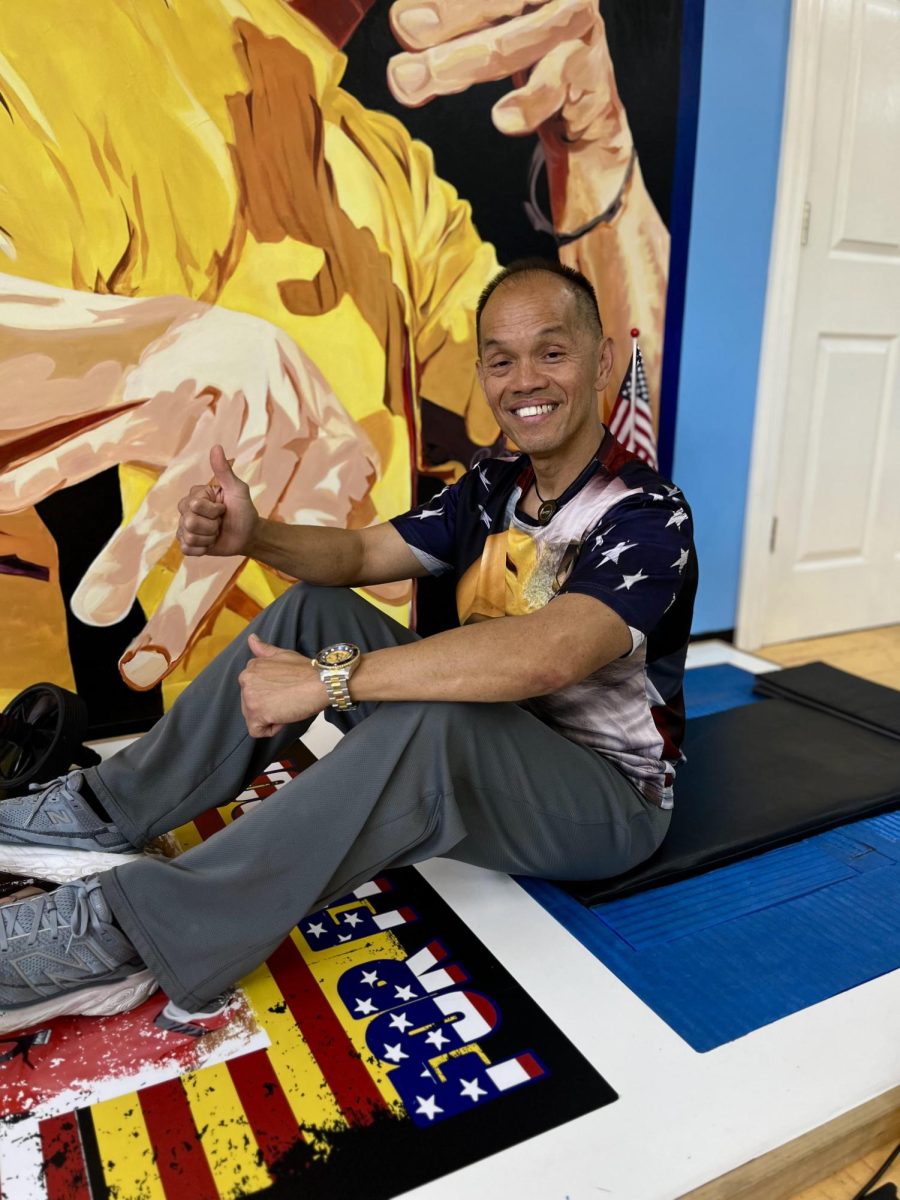Ciara Fuson
Staff Writer
cbenham@murraystate.edu
As the spring semester approaches its end, students and faculty are reflecting on the last year on campus.
Murray State is approaching two full semesters on campus since the COVID-19 pandemic began, and the University’s community is sharing how their lives have been impacted by this year.
When students were sent home in March 2020, they had no idea what the future held for their learning environment. What began as an extension to Spring Break quickly became weeks without an end in sight.
At the time, graduate student Nikita Patel from Milan, TN, was finishing her undergraduate degree at the University of Tennessee, Knoxville and felt a brief sense of relief from the break.
“I was almost finished with my final year of undergrad and I finally was going to catch a break for a few weeks, or so I thought,” Patel said. “After realizing the gravity of the situation, my sense of relief soon became grief. I felt like everything I was working for was for nothing. I finished undergrad and got accepted into grad school all while the future was unknown.”
Haley Penrod, a senior political science major from Morgantown, Kentucky, recalls the uncertainty she felt as she waited for updates at home.
“Everything was so unknown,” Penrod said. “We were all trapped in our homes. I remember feeling very anxious and uneasy about the whole public health, as well as where my education stood.”
There was a lack of normalcy when students, faculty and staff returned to campus in August 2020. Students had to adjust to new guidelines as well as hybrid, online and in-person classes.
“My biggest adjustment must have been having to figure out [how] to get the most out of online classes,” Penrod said. “It was always a fear of mine that I would not get the education I was paying for. This is still a fear of mine that I am just earning a degree with no backing.”
The transition to online learning has been difficult for students and faculty alike, with both having to learn the ins and outs of Zoom and other online formats.
“I knew switching to Zoom classes was going to be hard to adjust to but I didn’t imagine the technical difficulties,” Patel said. “A majority of my professors didn’t know how to switch to virtual so fast. Some of my professors helped us but others made things harder assuming we had extra time.”
Teaching on Zoom proved to be just as difficult of a task as learning on it. Professor of English Ray Horton shared how much he had to adjust his teaching techniques for the new semester.
“My teaching style relies heavily on class discussion, and class discussion requires an atmosphere that’s simultaneously comfortable and challenging, relaxed yet rigorous and engaging,” Horton said. “I had very little experience teaching online prior to the pandemic, and all of a sudden, all the small, subtle teaching instincts I’d been honing over the years seemed to evaporate.”
The online environment has erupted many changes in how professors teach and how students learn. Horton said he stopped trying to replicate in-person discussions and instead began to utilize Zoom’s features to enhance his learning environment.
“I try to encourage students to use the chat function a lot when they have something to add to the discussion but are hesitant to speak up,” Horton said. “I do a lot of my teaching through discussion groups in Zoom Breakout Rooms, often using a shared Google Doc or the Canvas discussion board in real time as a way for students to keep track of their discussions.”
Even though Horton greatly adjusted his expectations for the year and encouraged everyone to just do their best, he has still seen how this year has taken on a toll on his students.
“Everyone seems to be exhausted,” Horton said. “ I’m pretty disheartened by the number of emails I get that begin with some version of ‘I know this is not a good excuse, but…’With so many of these messages, I’m tempted to reply: ‘We’re living through a plague! I’m just glad you’re staying in touch about this assignment and doing your best to complete it.’”
The mental health of the campus community has been a strongly voiced concern as students reflected on their last year on campus. Although students are physically on campus, they still find themselves isolated.
“The last two semesters have affected my mental health tremendously,” Penrod said. “The lack of social interaction is the biggest struggle. You have to keep to yourself in order to protect the health of others. Additionally, it has affected me and my education, causing burnout.”
While the University has announced their transition to normal campus operations for the 2021 fall semester, the community is trying to find out what “normal” means. Students and faculty are dealing with the effects of the last year, while simultaneously trying to figure out what the future holds.
“I wish the University understood the impact of the pandemic on students’ mental health,” Patel said. “The University has been accommodating to trying to keep things normal, but they have to understand it’s hard to keep up with the same standards as before when things were normal.”
With COVID-19 vaccine availability increasing all over the country, there is a sense of optimism that the end of the pandemic could be near. Although the future remains unclear, the effects of this year are likely to impact the campus community for years to come.
“I’d love for the fall to look like all the semesters we had prior to this plague, but I also don’t want to encourage any false optimism that might encourage us to let down our guard prematurely,” Horton said. “Regardless of what happens this fall, though, I hope that we’ll continue to maintain the crucial emphasis we have placed on health and well-being, both physical and mental.”





























































































